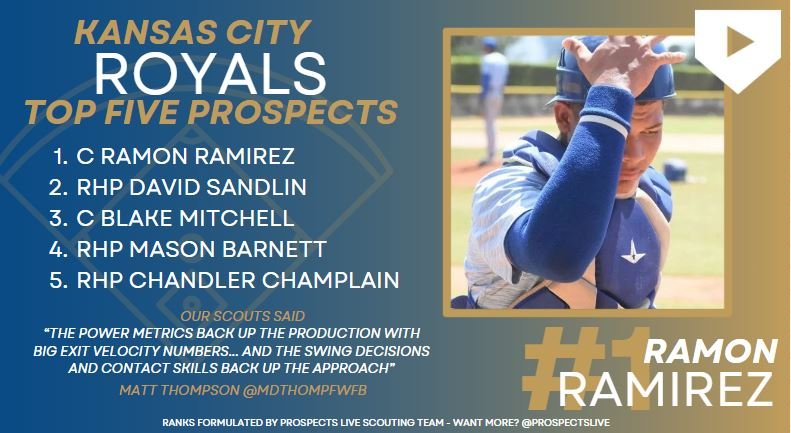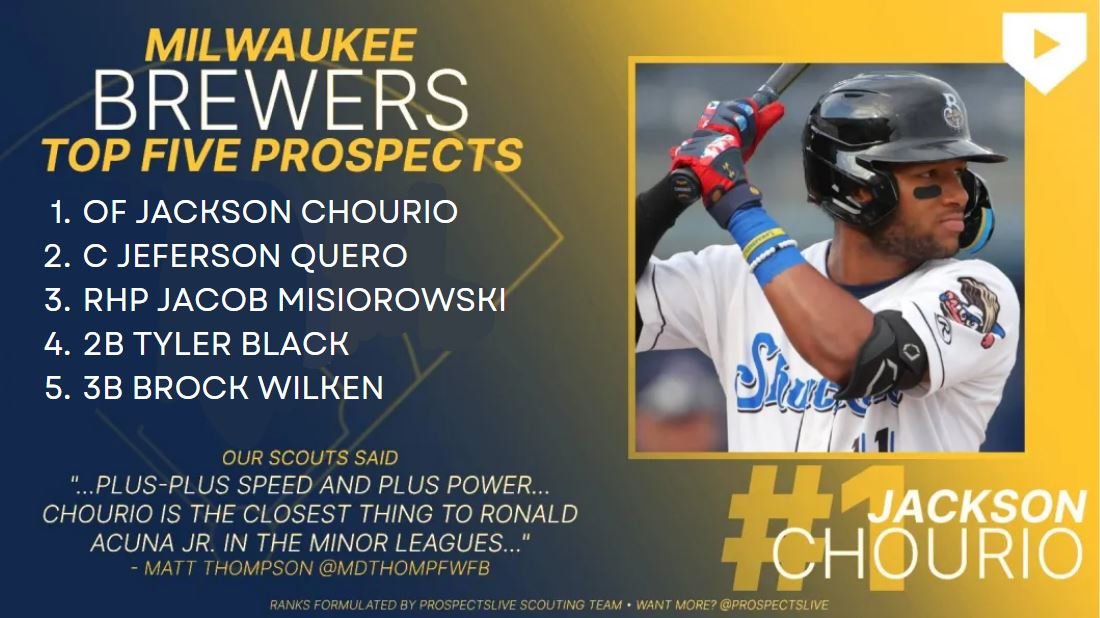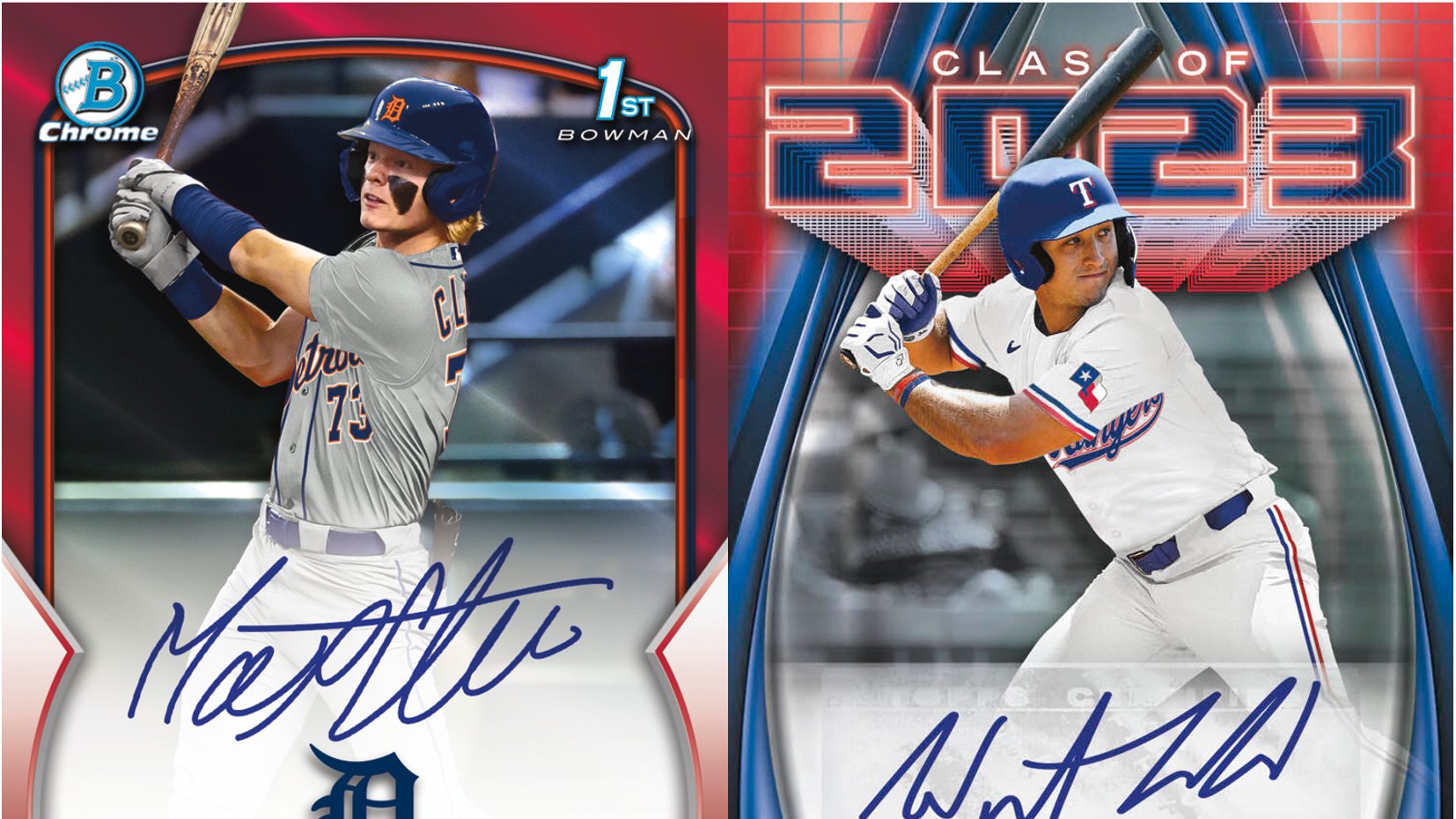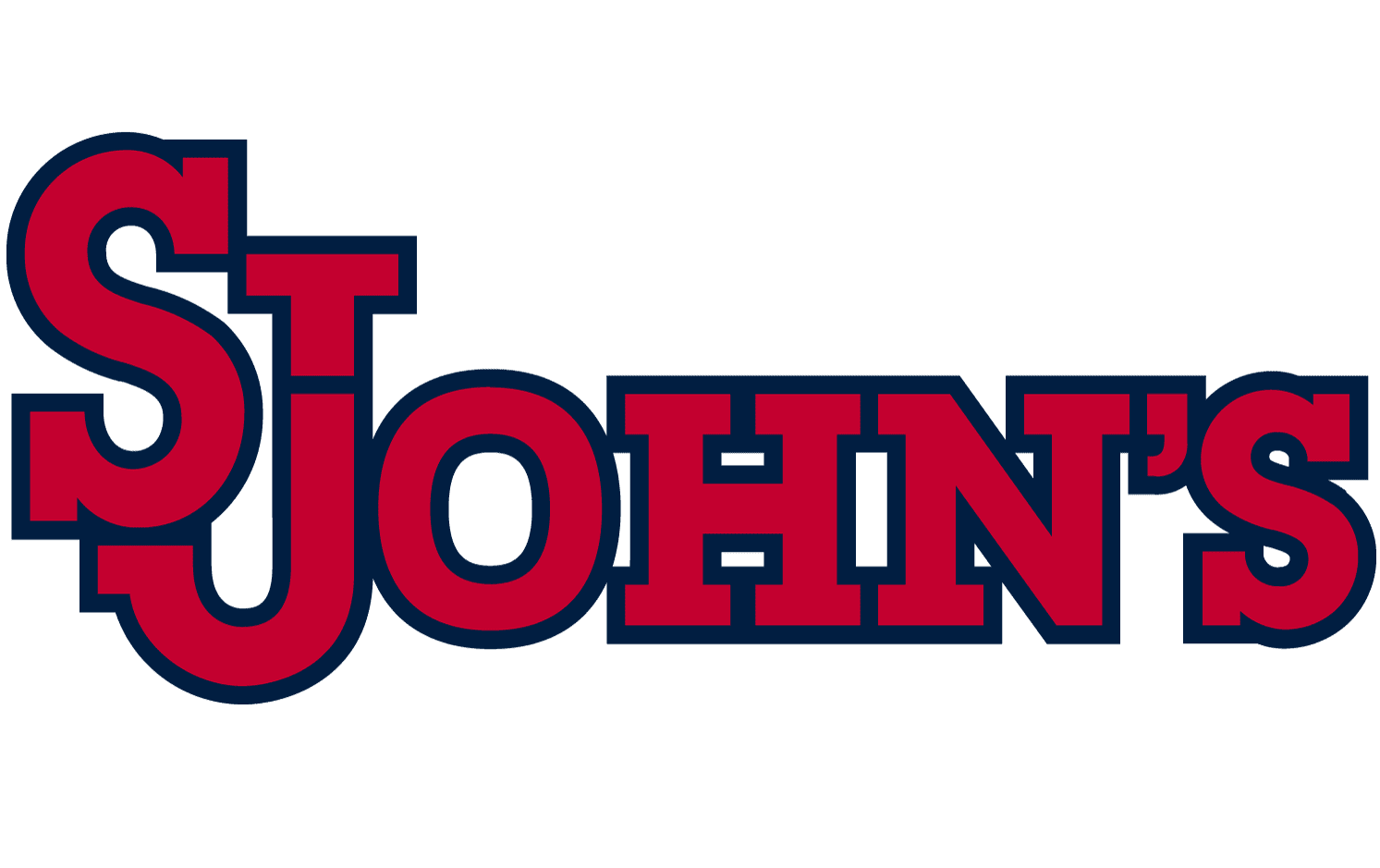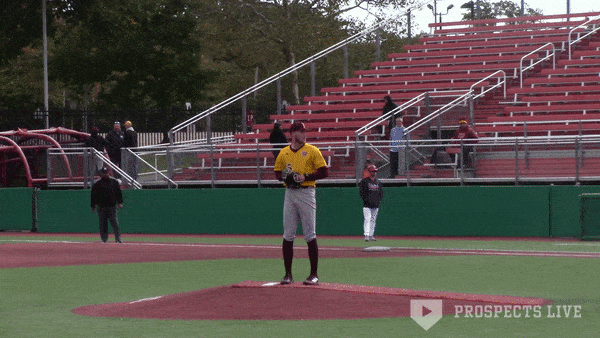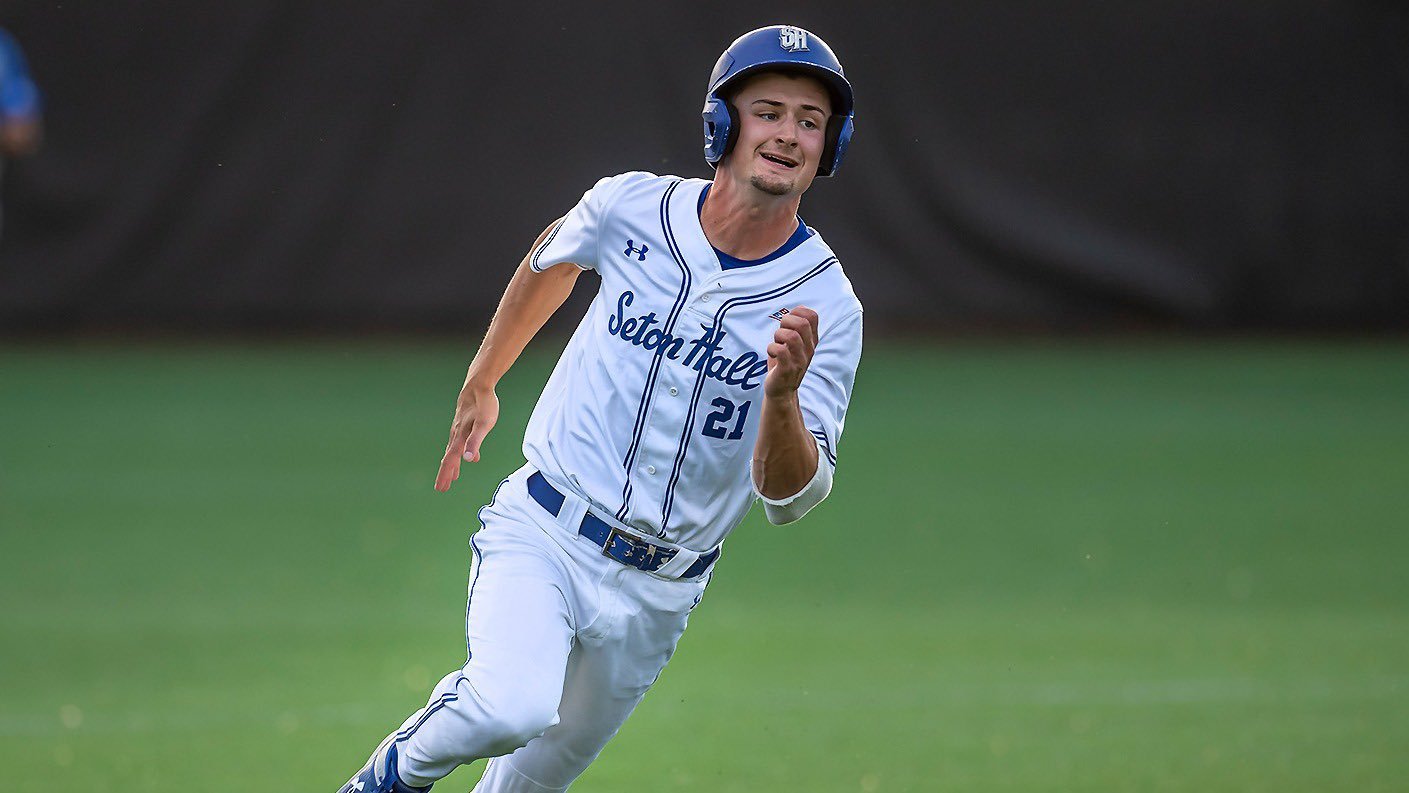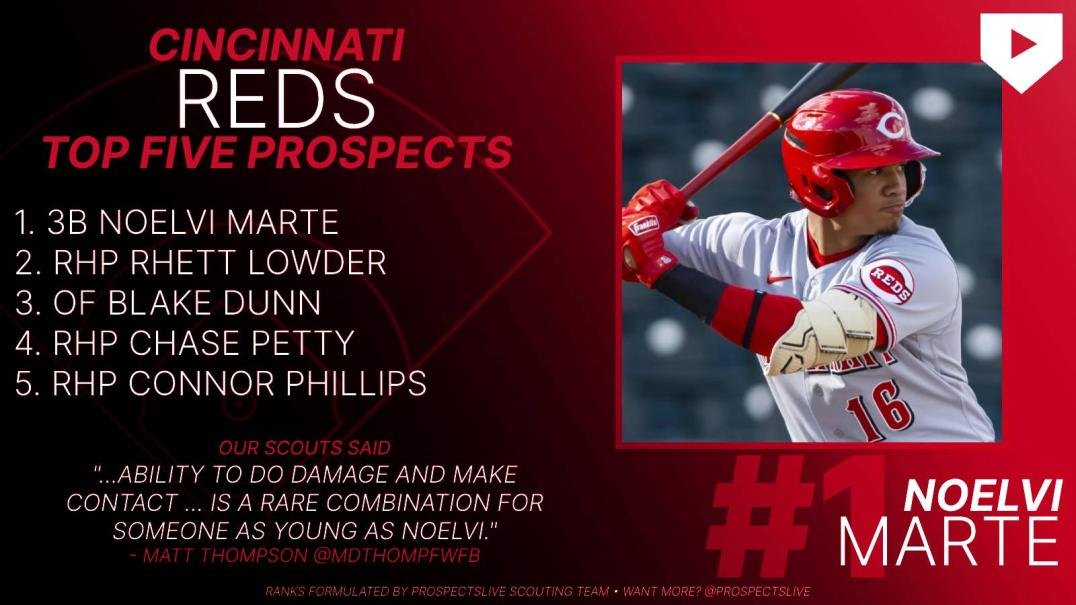Deep(er) Drives is back and now that we’ve closed the book on the 2023 draft class, it’s time to start diving into some of the more interesting prospects in this year’s class. There are admittedly some questions left to be answered in this class, especially in the college arm demographic. There’s a lot of upside, especially in the upper echelon of this class. Here are the arms that I firmly believe are in that echelon:
RHP Chase Burns, Wake Forest
RHP Brody Brecht, Iowa
LHP Hagen Smith, Arkansas
Burns is the top arm for us and it’s easy to see why. It’s a loud one-two punch with very solid mechanics, though we’d like to see improvements in secondaries and how the stuff plays over lengthier starts. Brecht and Smith are hampered by command woes but have insanely loud metrics. They’ve both shown improvements this fall, with Brecht showcasing smoother mechanics and Smith adding more velocity, touching triple digits in Fayetteville. However, if there was another name that I could add to this tier, had they been fully healthy, it would be Alabama’s Ben Hess.
Maybe it’s a bit bold to say that, but what Hess was doing pre-injury was nothing short of extraordinary. Hess was having a breakout year through seven starts, posting a 3.22 ERA across 36.1 innings and recording a remarkable 49:8 K:BB ratio. Hess’s stuff took a significant uptick and was a big piece to the puzzle for his emergence, but there’s a lot more under the hood when you dive deeper into his profile. So what else led to Hess’ rise and what has to happen in 2024? Let’s dive in.
The uptick in strikes is the first thing that pops out when looking into Hess’ success. With his 2022 and 2023 seasons being a similar sample size, it’s a bit easier to note the difference. Between the seasons, here are the numbers:
Hess’ command was certainly a weak spot in 2022, but the jump in strikes that we saw in 2023 is quite underrated, particularly with the heater. At 62% in 2022, this resulted in the fastball not performing to the best of its ability. For reference, his fastball was in the zone just 51% of the time and there is a correlation between fastball performance and zone percentage. The higher the zone percentage, the better the fastball plays in the zone. This wasn’t the only change that occurred to the heater, and we’ll get to that later, but the results do speak for themselves. Here are those numbers:
Seeing a substantial jump like that in the zone certainly draws attention to you. In turn, Hess’ walk rate dropped to a minuscule 5.47%, dropping from the 13.48% mark he posted as a freshman. We'd like to see how the command plays over a full season, especially since Hess has yet to eclipse the 40-inning barrier, but we feel confident that the command will be roughly the same in 2024.
The next thing on the list to talk about is the fastball itself. Hess’ heater projects as a plus offering in our eyes, making it one of the best collegiate fastballs in the class. I’m a big fan of a heater that misses bats and that’s exactly what you get here. Missing bats at a 34% clip in his 36.1 inning sample this spring, Hess’ success has come as a result of tweaks at his release and his average velocity creeping into the mid-90s. As a freshman, Hess averaged 93.2 MPH and tickled 95 MPH, and given the size and athleticism, more was expected to come along. His velocity jumped forward as a sophomore, averaging 94.7 MPH and he brushed 99 MPH on a couple of occasions. At this point, he’s still in a recovery mode from his injury suffered in March, which we will touch on more later, but he’s already been up to 96 MPH in side sessions and there could be more in the tank this spring, but time will tell on that.
Credit: Ryan Ferron (@FerronRyan) on Twitter
One big change in the fastball metrics resides in the pitch’s Vertical Approach Angle, or VAA for short. VAA is the angle at which the pitch approaches the plate and it’s become a popular asset with pitch development. When it comes to four-seam fastballs, like Hess’, the average we look for is -5 degrees. Anything lower than that mark (i.e. -4.5 degrees) is optimal, as it gives the pitch a leg up at the top of the zone. Anything higher than that mark (i.e. -6 degrees) hampers four-seamers and will be more suitable for sinkers/two-seamers at the bottom of the zone. With Hess, his VAA dropped four-tenths of a degree from -5.1 to -4.7, and with the increase in velocity, the pitch began to perform at a higher degree. This was likely due to a slight tweak in wrist orientation at release, as that helps create a flatter plane to the plate.
In terms of shape, Hess features a pitch with slightly above-average carry, registering 17.4 inches, and a large amount of arm-side run, coming in at 13.5 inches. I’ve created a scatter chart with the fastball metrics of our Top 50 College arms to compare Hess’ shape (which is surrounded by a black circle) to others:
Hess traded half an inch of carry for half an inch of run in 2023, giving him the third-highest horizontal movement mark amongst our Top 50 College arms. Add high spin rates to the mix and you’ve got a recipe for success. There is a comparison I’d like to make, and maybe it’s a bold one to use, but I’ll do it anyway: Hess’ 2023 heater is comparable to Chase Dollander’s 2022 metrics.
I must add that this is strictly going off the pure movement metrics, as the sample size difference between the two is substantial (Dollander doubled Hess’ fastball total). Dollander’s 2022 fastball averaged ~17.6 inches of IVB and 12.4 inches of hMov, which isn’t too far off of what Hess had in 2023. Dollander has Hess beat in the VAA department, though, as Dollander’s VAA was half a degree lower and played a big role in his bat-missing stuff. Dollander’s heater tickled the 70-grade barrier before seeing some regression in the movement profile, and an argument can be made for Hess, too.
All in all, Hess’ heater is comfortably in the plus tier for me. There are not too many glaring flaws metrically and he passes the bat-missing test with flying colors. The 30% in-zone whiff rate and 29% chase rate are indicative of how successful the pitch has become and there’s no reason to think it won’t perform the same this upcoming spring unless something drastic occurs. I’d love to see how it plays over a full season.
Hess isn’t just fastball-reliant, though. He has three off-speed pitches that are at least average or better and at least one with legitimate plus potential. We’ll start with that pitch and it’s the upper-70s curveball that has true hammer potential. He only threw it 11% of the time in 2023, the least of his secondaries, but it racked up whiffs over 50% of the time. He averages over 2,600 RPMs with his spin rate and it can get a bit slurvy, though most of the time, it’ll feature an 11/5 shape. It averages over 13 inches of depth, which gives him roughly 31 inches of vertical separation between this and the heater. Sprinkle in 15 inches of sweep on average and you’ve got yourself a banger. He throws it hard with intent and it really snaps over the plate, allowing him to utilize it for chases out of the zone and he’s got feel to land it for strikes. He’s still learning to command it better, but this is a potential plus pitch with legitimate swing-and-miss traits.
The change-up is his third pitch behind the curveball, giving him a viable option against left-handed hitters. It has the potential to be a power change in the mid-80s with a ton of horizontal movement away from lefties, averaging close to 17 inches. He does kill a good amount of spin on the pitch, though you can still classify it as a high-spin offering with it being around the 1,950 RPM mark. He does a good job of selling it with similar arm speed and likes to throw it in the zone often. As he continues to gain confidence in the pitch, he’ll begin to throw it down and in to righties more. I’m confident in slapping an above-average grade for the time being, but there’s a legitimate chance it can become plus with time.
Lastly, we’ll talk about Hess’ slider, which profiles as his fourth-best offering. He throws it hard in the upper-80s with cutter-esque movement, though the spin metrics aren’t as sharp as the curveball. It’s his most used secondary and he likes to command it away from righties/in on lefties, though it lacks consistent bite and doesn’t generate a ton of chases with it. It’s a fine average offering for now, but refinement is needed at the next level. He may opt to ditch the slider in the minor leagues and lean more on his curveball, but for now, he’s comfortable throwing it.
Now that we’ve talked about the arsenal and command, let’s address the elephant in the room. Hess has been hampered by injuries during his collegiate career, limiting him to just 70 total innings. He missed the first three weeks of the 2022 season due to an injury and suffered a forearm strain during his start against Arkansas in late March, which ended his 2023 campaign. He’s been on the mend since, but when we spoke to Head Coach Rob Vaughn in October, Hess was throwing in side sessions and had a pitch count in a scrimmage against Florida State. The expectation is that Hess will slide into the Friday night role for the Crimson Tide.
Luckily for Hess, there’s been a bit less pushback from teams when it comes to elbow injuries. In the past few years, we’ve seen several highly regarded arms selected in the top 100 picks despite battling elbow ailments. Jaxon Wiggins and Teddy McGraw are two names that come to mind in last year’s class, as well as Dylan Lesko and Connor Prielipp in 2022. With that said, if Hess were to be a first-round selection this July, he’ll need a fully healthy spring. In the case that Hess suffers another injury, I still envision him being selected in the second or third round, especially with the weak prep class. Overall, this is a very talented arm that has shown that he has the stuff to be one of the best arms in the class. A plus heater that’s backed up by three average or better off-speed pitches and premium command is tough to come by in today’s game. Time will tell whether this becomes true or not, but expect Hess to make some noise come February.







